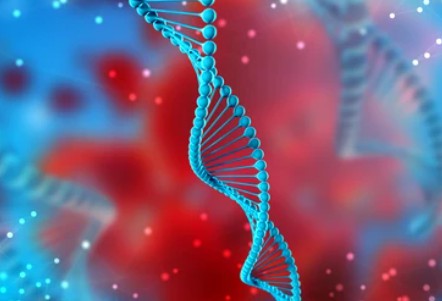Identification of Insecticide Protein Genes
Insecticidal protein genes refer to DNA sequences that encode proteins with toxic effects on insect pests. Insecticidal protein genes encode proteins toxic to specific insect pests and are naturally produced by various organisms, including bacteria, fungi, and plants. One example is crystal protein genes (cry), commonly found in the Bacillus thuringiensis (Bt). Cry genes encode crystal proteins that poison specific insect pests.
Lifeasible is an industry leader in the field of plant protection. Relying on our advanced technology platform and experienced team of experts, we aim to provide comprehensive solutions for plant protection.

Importance of identification of insecticidal protein genes
- Insecticidal protein genes provide insights into insecticidal mechanisms. Understanding how these proteins interact with insect physiology can facilitate novel insect control strategies.
- The identification of insecticidal protein genes contributes to biotechnological applications expansion. Genetically modified crops expressing insecticidal proteins have been developed, offering sustainable and targeted insect control methods.
- Identifying new insecticidal protein genes from diverse organisms can broaden the arsenal of insecticidal proteins, enhancing the potential for novel bioinsecticides.
Methods for Identification of Insecticidal Protein Genes
- Genome mining. Genome mining involves systematic genome screening to identify genes associated with insecticidal properties. Relying on advanced bioinformatics tools and comparative genomics, we can search for conserved gene families, promoter motifs, and other genetic features associated with insecticidal activity. By analyzing the genomes of bacteria, fungi, plants, and other organisms, we will identify novel insecticidal protein genes. We will also gain insights into their evolutionary relationships and functional characteristics.
- Functional screening. Functional screening is a powerful technique for identifying insecticidal protein genes by assessing their biological activity. This approach often involves constructing libraries of DNA fragments or cDNA derived from organisms with known insecticidal properties. The library is then introduced into a suitable host organism, such as bacteria or yeast, and screened for toxicity to target insects. Positive clones are further analyzed to determine the genes responsible for insecticidal activity.
- Transposon mutagenesis. Transposon mutagenesis is a technique that allows for the random insertion of transposable elements into an organism's genome. By introducing transposons into a bacterium or other organism with insecticidal properties, we generate a library of mutants with disrupted genes. Through screening these mutants for loss of insecticidal activity, we enable the identification of genes essential for insecticidal properties.
Besides, we also utilize high-throughput sequencing technologies, such as RNA-seq, to identify differentially expressed genes, including those encoding insecticidal proteins.
Our service workflow

Lifeasible is an industry leader in biopesticide development. We aim to provide effective solutions for plant protection. If you are interested in us, please feel free to contact us.
For research or industrial raw materials, not for personal medical use!

